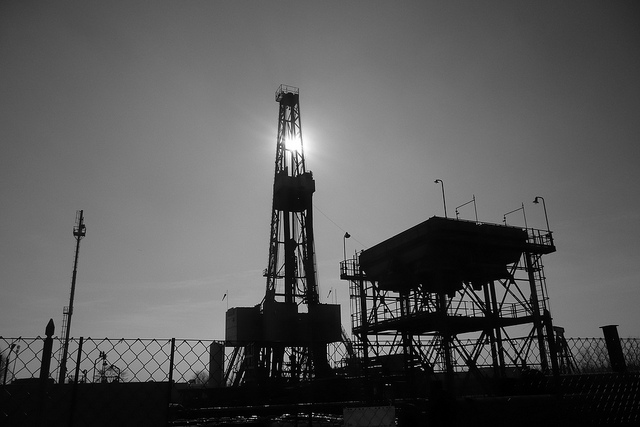
Drilling spending is down for 2015, there is no doubt about that. Exploratory drilling by the oil and gas industry has been reduced nearly 30% from the 2014 spending levels. The reasons are pegged to the falling oil prices.
While we can debate over the source of those declining prices elsewhere, there seems to be a glimmer of hope that drilling will rebound for 2016. That hope stems from a recent report written by research firm Wood Mackenzie. They predict that drilling activity may meet or even surpass 2014 levels in 2016.
Declining Costs of Drilling
Because of the lowering prices of oil, profit margins for major energy companies have been all but eliminated. Without the massive profits to fuel exploratory drilling, companies have backed off. To combat the loss of work, drilling companies are going to have to tighten up their belts.
Unlike the government, private corporations realize that when the market dips, they must adjust in order to stay viable. They don’t have an unending stream of money funding them. Drillers are taking this idea to heart and are looking to reduce their costs by the same 30% in order to encourage companies to continue exploratory drilling.
Cutting Costs
The first place that drillers are looking to reduce costs is by cutting overhead and increasing their effective use of materials. Drilling has traditionally been a costly process. However, as work declines, many are looking to identify sources of waste that they can eliminate.
Better use of workers time, paying closer attention to schedules and contractor fees, as well as reducing waste in the process, have drillers projecting a 19% cost savings in costs alone. Those savings may rise as current cost cuts might reveal other ways that drillers can maximize their expenditures.
Increasing Efficiency
One beneficial byproduct of all of the drilling that has gone on in recent years is that drillers are getting better at what they do. New advances in drilling techniques are allowing them to learn ways to be more efficient in the work that they do and thus decrease costs associated with time. As the drilling process becomes more efficient, driller are looking to turn that into a cost savings of 5% for companies who may hire them.
Simplification of Activities
Another projected savings is in the area of process improvement. Drillers are taking a serious look at the processes that drive their industry and are looking at ways to simplify those costs and translate them into savings for energy companies looking to hire them.
Competition and the Strengthening Dollar

Strong competition drives the market. As the demand for exploratory drilling falls, the demand for drillers falls with it. This means an increase in the competitive nature of the market forcing drillers to fight for contracts. If you combine this with a slight recovery of the dollar, another savings of 4% can be found, according to the Wood Mackenzie report.
Smaller Returns Means more Exploration
The big finds have all but dried up. This means that energy companies have to look for discoveries that are going to yield more modest returns. In order to keep up volume, this means that they are going to have to rely more heavily on exploratory drilling in order to find the volume that is needed. As this trend continues into 2016, drillers are going to have more exploratory work available to them.
For a more detailed summary of the Wood Mackenzie report, click here.